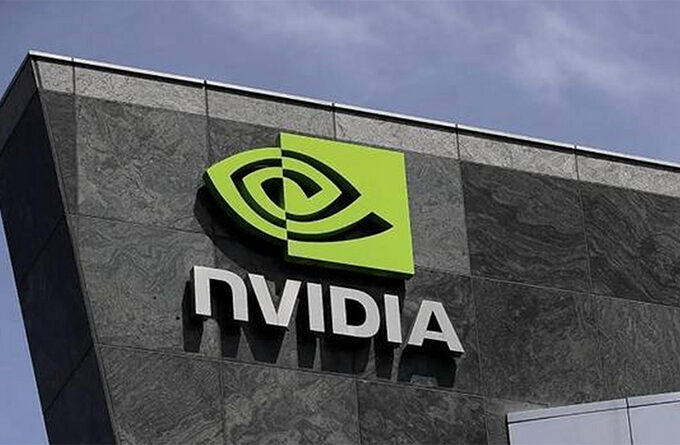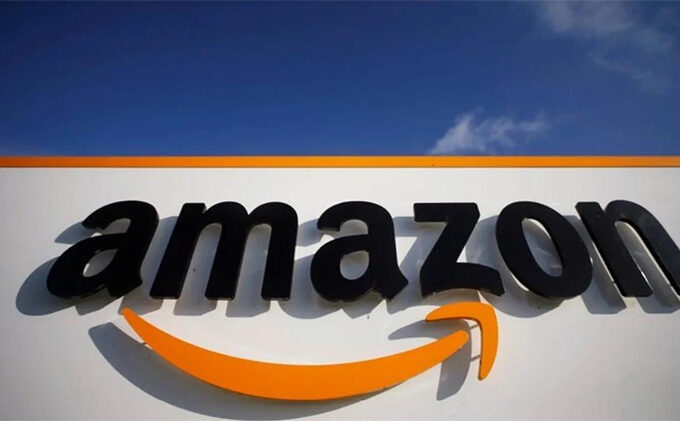Panasonic, one of Japan’s largest electronics giants, is currently facing a challenging dilemma regarding its TV business. After years of declining market share and mounting competition, the company is considering selling or scaling back its television division in favor of focusing on more profitable areas, such as artificial intelligence (AI) and data center operations. This potential move signals a major strategic shift for the company, which is adapting to market changes and evolving its business portfolio in response to global economic dynamics.
The Declining TV Business: A Struggle to Compete
Panasonic’s television business, once a cornerstone of the company’s consumer electronics portfolio, has been in steady decline for years. Despite being known for high-quality products and pioneering innovations, including the acquisition of Pioneer’s television business and Kuro patent (regarded as one of the best TV engines in the world), the company has struggled to maintain a competitive position in the global TV market.
In recent years, Panasonic has seen its market share in the global television sector drop by half. This decline can be attributed to several factors, most notably the rise of Chinese brands such as TCL and Hisense. These companies have aggressively expanded their market share with competitive pricing strategies, making it increasingly difficult for Panasonic to sustain its position in the market. Chinese manufacturers’ ability to produce high-quality, yet affordable, televisions has taken a significant toll on Japanese and Western TV makers, including Panasonic.
To cope with these challenges, Panasonic made the decision to cease its in-house production of LCD panels for televisions, shifting to suppliers in Korea and other countries. This move marked a significant departure from the company’s previous strategy of vertically integrating its production process. However, despite efforts to remain relevant through acquisitions and technological advancements, the TV business remains unprofitable, and the company is now contemplating selling off this division.
The Strategic Shift Toward Higher-Profit Sectors
Panasonic’s consideration to divest from its TV business is part of a broader strategy to realign its focus toward more lucrative and future-oriented sectors, particularly AI and data centers. According to Kusumi Yuki, the President of Panasonic Holdings, the company recognizes the need for strategic adjustments to address market changes. While Kusumi expressed personal attachment to the TV business, he acknowledged that the company must make difficult decisions to ensure long-term profitability and sustainability.
One of the key areas Panasonic is focusing on is artificial intelligence and data center operations, which promise higher margins compared to consumer electronics. The company has been investing heavily in its AI and software-driven business, including its acquisition of the U.S. supply chain software company Blue Yonder in 2021 for over $7 billion. As part of its restructuring efforts, Panasonic sold its high-end projector business in May 2024 for 80 billion yen (approximately $510 million), funds that will be reinvested into expanding the Blue Yonder platform and other high-growth areas. The company views AI and data centers as critical drivers for future growth and profitability, and this shift represents a significant pivot away from traditional consumer electronics.

The Impact of the TV Market Shift on Panasonic’s Financials
The ongoing struggles of Panasonic’s TV business are reflected in its financial performance. The company has already been scaling down its presence in the television market, and its decision to abandon in-house LCD production further underlines the reality that the division is no longer a core driver of profitability. Despite its technological advances, the company’s TV operations have been unable to withstand the increasing competition and price pressure from Chinese brands.
In its 2024 fiscal year, Panasonic reported a 2% decline in consolidated sales, mainly due to the sale of its in-vehicle equipment business, which led to a reduction in projected revenues by 300 billion yen. However, the company maintained its operating profit and net profit forecasts, signaling that the other sectors of its business are performing relatively well. Panasonic has also set ambitious financial targets, aiming to achieve operating profit of over 300 billion yen in fiscal year 2024 and 750 billion yen by fiscal year 2028. The company’s return on equity (ROE) target for 2028 is set to exceed 10%, up from around 7% in 2024.
Organizational Restructuring and Focus on Consumer Appliances
As part of its broader restructuring plan, Panasonic is also taking steps to streamline its operations. The company has established three operating companies focused on consumer appliances, including refrigerators and washing machines. Additionally, Panasonic intends to merge its “black goods” (TVs, audio equipment, etc.) and “white goods” (appliances such as refrigerators and washing machines) divisions to improve operational efficiency and reduce overhead costs. This restructuring is expected to lead to more effective resource allocation and better overall performance, particularly in the home appliance sector, where Panasonic plans to launch new product categories by the end of 2025.
Panasonic’s decision to prioritize home appliances over consumer electronics like televisions aligns with a broader industry trend where consumer preferences have shifted toward connected smart home devices, energy-efficient appliances, and other products that align with the growing trend of sustainability. The company is betting on these segments to deliver long-term growth and profitability.
Investor Response and Market Outlook
Following the announcement of its restructuring plans, Panasonic’s stock surged by 15%, marking the largest intra-day gain since February 2014. This strong market reaction indicates that investors are optimistic about the company’s future strategy and its ability to adapt to changing market conditions. There is a growing sense that Panasonic’s shift toward high-profit sectors, including AI, software, and advanced consumer appliances, will position it well for future success.
The company’s plan to exit the TV business and refocus on more profitable and strategically important areas is seen as a necessary step in securing its future in a highly competitive and rapidly evolving global market. By shedding its underperforming divisions and doubling down on growth areas like AI, Panasonic hopes to enhance its financial stability and drive long-term value creation.
Conclusion
Panasonic’s decision to consider selling its television business is a reflection of the broader challenges the company faces in adapting to a changing market landscape. The global TV market is increasingly dominated by low-cost, high-quality competitors, and Panasonic’s efforts to remain competitive in this space have not been enough to offset the pressure. However, by focusing on higher-margin sectors such as artificial intelligence, data centers, and consumer appliances, the company is positioning itself for future growth. The divestment of its TV business is part of a strategic realignment that aims to secure Panasonic’s long-term profitability and relevance in an increasingly competitive global economy.












